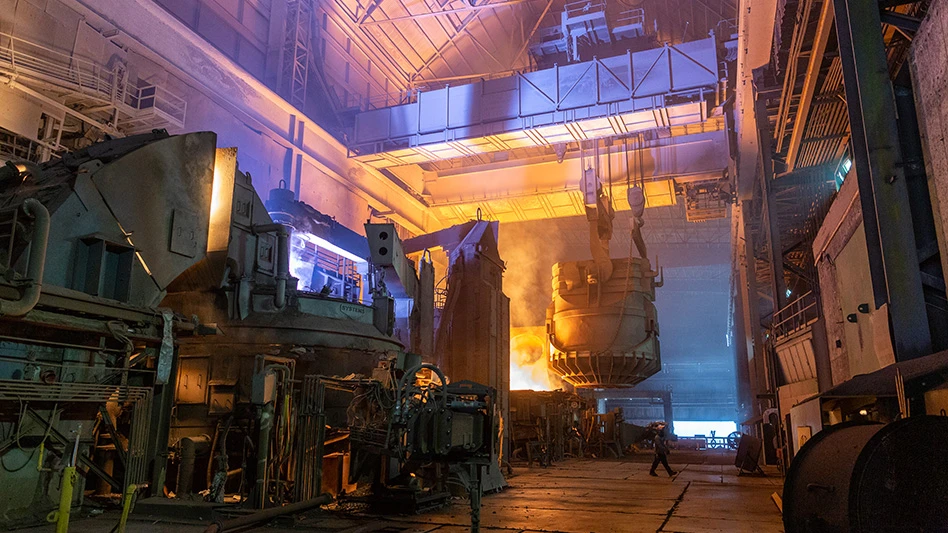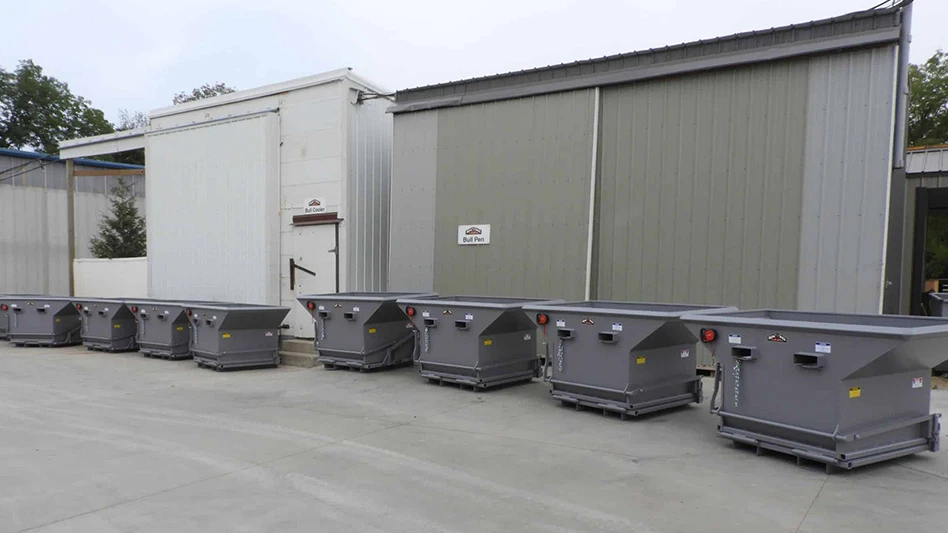 After several years of a strong euro with a value well above the U.S. dollar, the euro’s drop has quickly affected the recovered fibre purchasing habits of mills around the world.
After several years of a strong euro with a value well above the U.S. dollar, the euro’s drop has quickly affected the recovered fibre purchasing habits of mills around the world.
Buyers from Asia and elsewhere in nations that have a recovered fibre deficit have recently shown a greater willingness to approach sellers in Europe ahead of those North America.
Several European recovered fibre packers and traders contacted say the increase in overseas interest is apparent and has been gaining momentum throughout the second half of 2014 and into 2015. The renewed demand is now also starting to cause fibre prices to rise in the euro zone.
“The main driving factor for prices from January to March has been the crazy U.S. dollar-to-euro exchange rate,” says one central European trader. In September 2014, the euro was trading at more than $1.30 but has subsequently fallen to $1.07 in value as of mid-April 2015.
A packer in the United Kingdom says he is experiencing similar circumstances in 2015, and points to the Scottish referendum and the upcoming U.K. elections as one reason. “In short, the election seems to have pushed the currency [market] in favour of the dollar, and therefore export to Asia has gained interest.”
He continues, “The paper and plastic markets have momentum right now because of decent demand and the positive exchange rate for exports.”
A broker in northern Europe says demand from mills within Europe has not diminished, but the renewed export interest is setting up competitive bidding for material. “The European domestic market is still strong but due to the weak euro there is room for export,” he comments.
In the case of some grades, the export demand may help replace a falloff in local paper production. Several sources pointed to the recent shuttering of the Aylesford newsprint mill in the U.K. as one example
“Newsprint production is lower due to closure of the Aylesford mill, but prices are increasing right now,” says the northern European trader.
The central European trader also points to Aylesford, saying, “Supply [overall] is not strong, but the closure of the Aylesford mill did not lead to a tsunami of material. Where has all that material gone?” he asks, before answering his question by describing the improved export market.
The same trader says there may have been some “panic selling” in the wake of the sudden Aylesford closing, but “all prices are now back to normal or even higher. As a matter of fact, April should see a general increase of bulk grade prices in Europe of from 5 to 10 euros per tonne.”
The northern European trader says the Aylesford mill closing raises questions as to whether demand for news and pams may be muted in the future, although generation of those grades also is likely to fall.
The U.K.-based recycler has a similar concern, noting, “Thankfully the Aylesford tonnage is being digested faster than we expected, but whether this is a short-to-medium-term situation or long term we won’t know for a few extra months. I prefer to be cautious at this stage.”
On the supply side of the equation, the same trader says generation seems to have improved. “The economy seems to have picked up,” he observes, “but there are still a lot of uncertainties, such as the oil price fluctuation and the situations in Greece, the Middle East and Russia.”
Industrial production figures in the EU, as measured by the Brussels-based Eurostat statistics agency, plunged in December and January but rebounded in February. The EU 28 nations posted a 106.7 industrial production index figure in November 2014, which fell to 98.6 in December, stagnated at 98.7 in January and moved to 101.1 in February of 2015.
Latest from Recycling Today
- Autocar releases Smart Battery Cable to advance refuse truck fire safety
- PLASTICS launches Positives of Plastics website
- Impact Air Systems launches compact ZAC400
- PCA to shut down paper machines at Washington containerboard mill
- BMRA provides landfill guidance for UK shredder operators
- Fornnax high-capacity tire recycling plant
- EU introduces measures to secure raw materials, strengthen economic security
- US Steel to restart Illinois blast furnace






